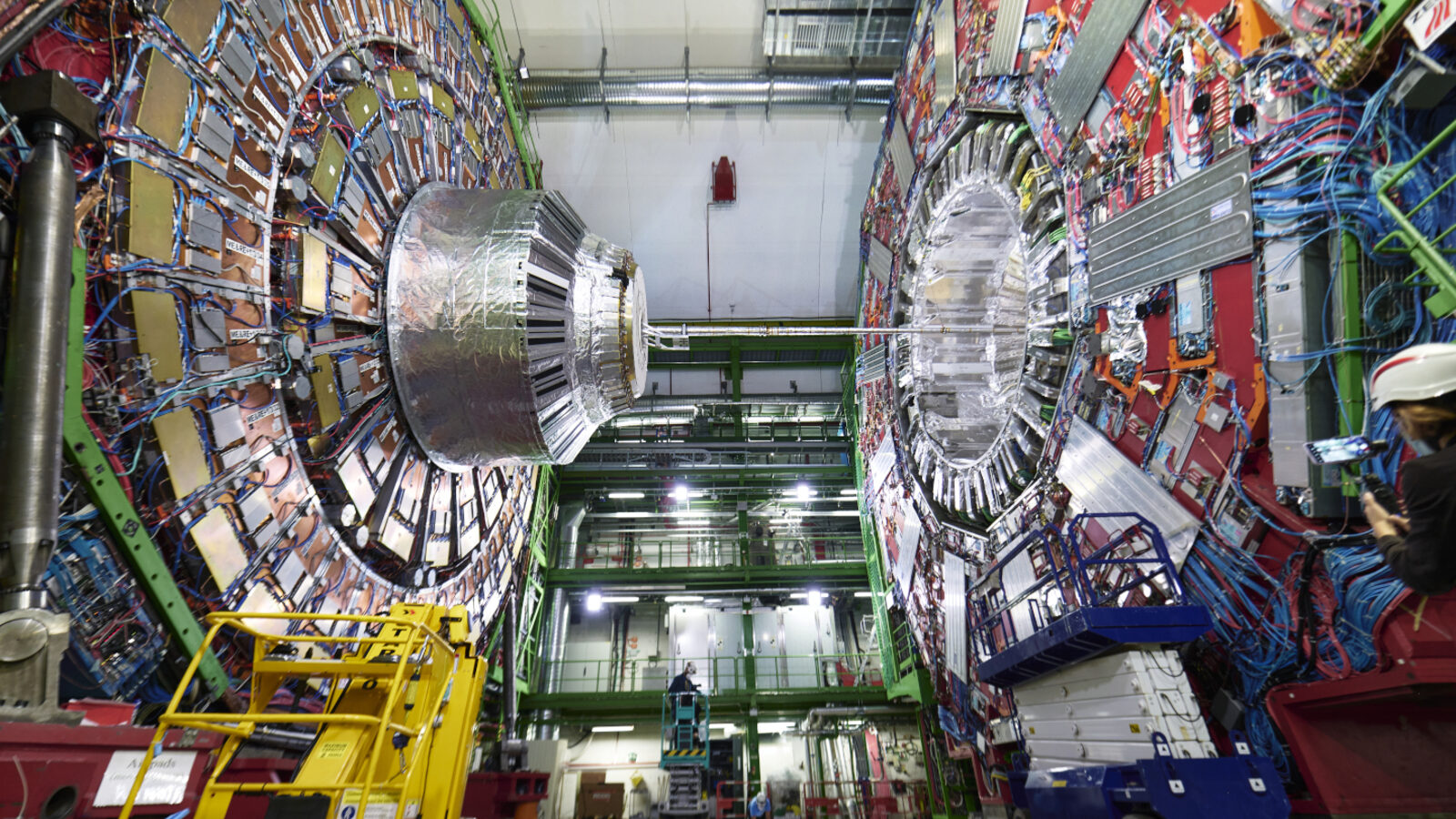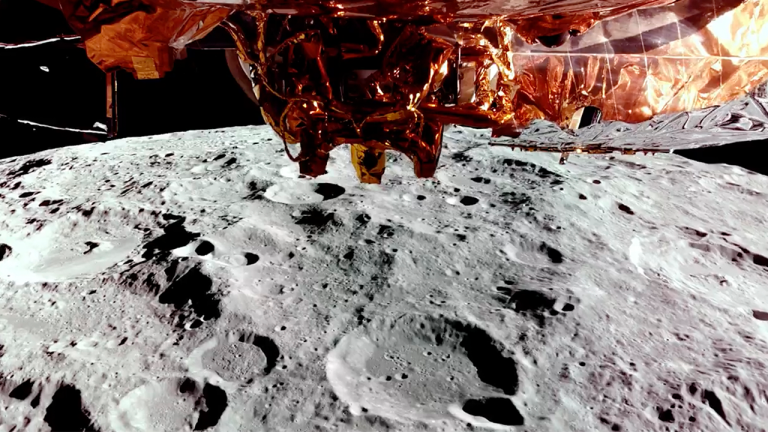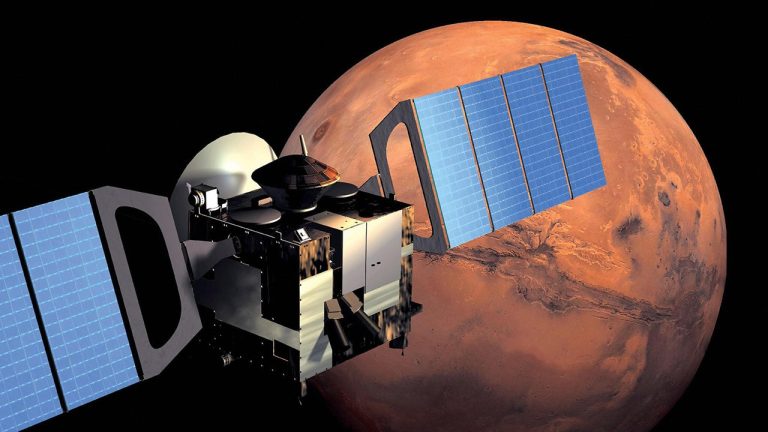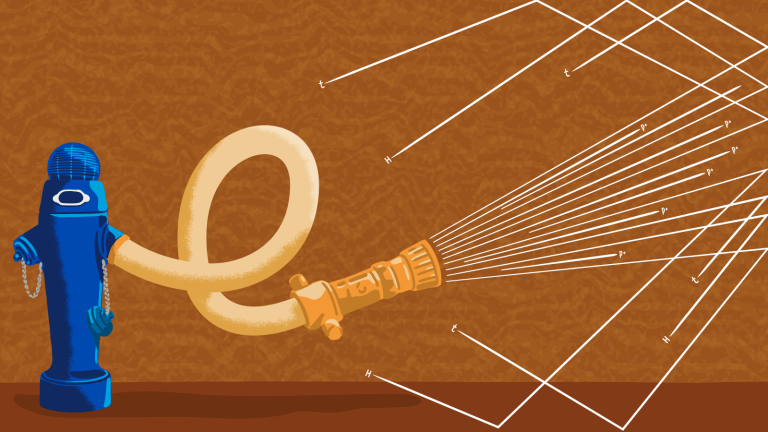
Since the 1960s, scientists have discovered more than a dozen fundamental particles. They all have fit perfectly into the theoretical framework known as the Standard Model, the best description physicists have of the subatomic world.
The Higgs boson, which was co-discovered by the CMS and ATLAS experiments at the Large Hadron Collider at CERN in 2012, was the last fundamental particle predicted by the Standard Model. Despite this major discovery, scientists still have many questions about the fundamental building blocks of the universe. Researchers know that the Standard Model is incomplete and cannot explain many physical phenomena—dark matter being a notable example.
Scientists around the world are pushing the Standard Model’s limits and are searching for new particles that can help explain outstanding questions about the inner workings of the universe.
“We’re in the business of finding new particles,” says Cristian Peña, the convener of the CMS exotic particles group and a scientist at the US Department of Energy’s Fermi National Accelerator Laboratory. “That’s what we’re here for.”
Peña and other scientists at Fermilab recently collaborated with their international colleagues on CMS to create a new tool that is allowing them to scout for particles that can travel around one to 10 meters before decaying into more stable byproducts.
Now scientists are analyzing the new dataset produced by this tool. According to Peña, they will either find new physics, or set the most stringent limits in the search for long-lived particles: a class of theoretical particles that can travel deep into the detector before creating visible signals.
“Our data set is no longer doubling every six months like it did at the very beginning of the program,” says Sergo Jindariani, a senior scientist at Fermilab. “The places where we could still make quick discoveries is where we haven’t looked before, and long-lived particles are an example of that.”
When scientists built the experiments for the LHC, they assumed that new particles would behave like those they had discovered in the past and decay very quickly. For example, the top quark, which was discovered at Fermilab in 1995, has a lifetime of roughly 5×10−25 seconds. This is so short that top quarks decay before they can move the length of a hydrogen atom. But now more and more scientists are questioning this assumption.
“We’ve looked everywhere and come up empty so far,” said Peña. “We know we can do better by using the lifetime of the particles.”
Scientists already know that particles have a wide range of lifetimes. For instance, bottom quarks can travel a few millimeters before they decay, and muons can travel a few hundred meters. Today, scientists are asking, what if there are new particles that fall somewhere in between?
Even if these long-lived particles are extremely rare, CMS will still have a good shot of seeing them if they are being produced by the LHC.
“The CMS muon system has a lot of material, so if long-lived particles are decaying inside our detector, we should see a particle shower in the muon chambers,” says Peña. “The signature is very powerful.”
But the question was whether scientists can find these unexpected particle showers hiding in their data. The LHC produces about a billion proton-proton collisions every second. Because more than 99.99% of the collisions generate particles and physical phenomena that are uninteresting, scientists use data-sorting devices called triggers. Triggers pick the top 0.01% of events to be processed and stored within the Worldwide LHC Computing Grid and discard the rest.
“CMS is an extremely successful detector,” says Jindariani. “It really does the physics it was designed to do. But long-lived particles were not something people had in mind when they were designing the CMS trigger system.”
The team realized that if they wanted to improve their chances of finding long-lived particles with the CMS experiment, they would need to update the CMS trigger to look for the striking and peculiar signature these particles are expected to leave behind in the detector.
“With a dedicated trigger, we saw that we could gain an order of magnitude in the sensitivity of these searches,” Jindariani says.
But updating the trigger is always a complicated endeavor. It required help and expertise from researchers and engineers throughout the CMS collaboration.
Jindariani points out that the trigger system relies on numerous data streams from different parts in the detector. These data streams operate like roads in a city and allow the data to flow from the outer most parts of the detector into the “downtown” processing center, where the data is compiled and quickly evaluated by algorithms.
Adding a new data stream is like adding a bike lane into an already bustling metropolitan area. “It would need to co-exist with other triggers,” Jindariani says. “That’s a delicate play; we don’t want to damage what’s already in place.”
After extensive analysis of the CMS trigger and discussions with the collaboration, the team realized it was possible, thanks to a few unused bits left over from the original design. But then came the challenge of actually implementing their new trigger in the data processing of the experiment.
“Once everybody was onboard with the conceptual implementation, we needed to go into the firmware and software,” Jindariani says.
Firmware provides basic machine instructions that allow the hardware—in this case, Field Programmable Gate Arrays—to function according to the programmed algorithm. FPGAs can be very fast but are often not very dynamic.
“FPGAs have a limited amount of processing power, and the CMS trigger algorithms are pretty resource-hungry,” Jindariani says. “We needed to be clever in order to not overwhelm the FPGAs’ capabilities.”
Since the LHC makes protons collide every 25 nanoseconds, their new trigger also had to be fast.
“We’re locked into time slices,” Jindariani says. “The algorithm needs to be executed within a few hundred nanoseconds. If it takes longer, it’s not good enough. This work was only possible through a strong team of scientists and engineers working together.”
Even after the challenges of resource management and timing were solved, the team still had to address a few unexpected hiccups. During the testing phase, they saw that the trigger was activated during every collision. After further analysis, they found this was because the transmitter on one of the muon systems was malfunctioning.
“This was a problem that had existed before, but the other triggers didn’t see it because they weren’t looking for it,” Jindariani says.
Once all the glitches were ironed out, the trigger evaluated all the LHC collisions happening within the CMS detector between 2022 and 2023—around 1016, or 10 million billion—and collected a dataset with around 108 events. Scientists are currently analyzing this new data set and hope to have their first results this summer.
“This trigger is one of the big innovations within CMS,” Peña says. “We’ll either find new particles, or—if nature doesn’t want it that way—we will set more stringent limits on long-lived particles.”
Editor’s note: A version of this article was originally published by Fermi National Accelerator Laboratory.







